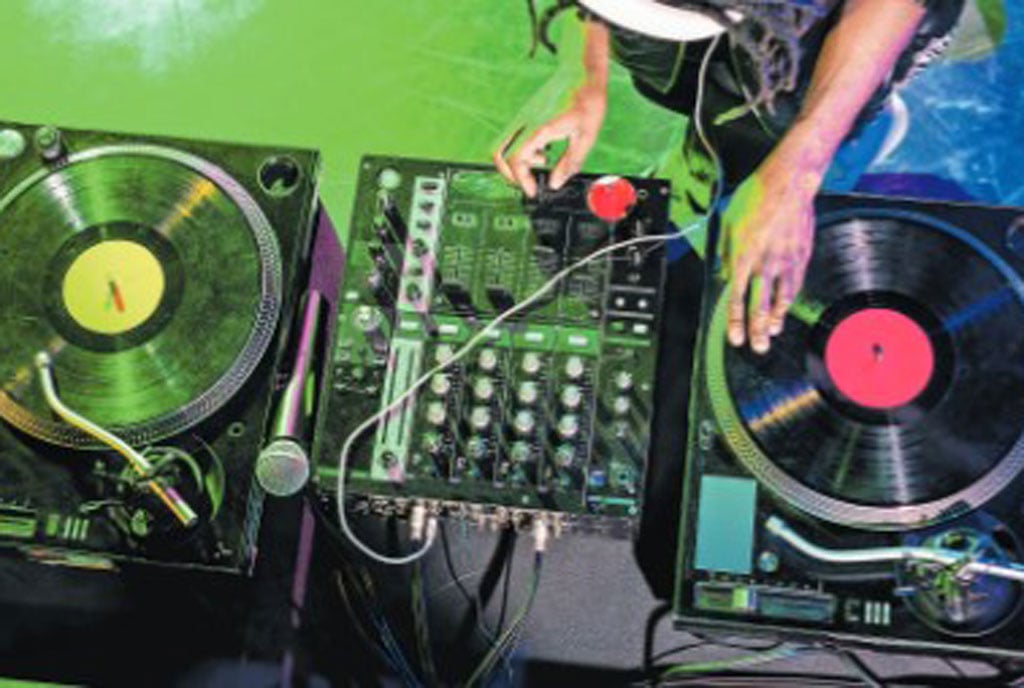Prime
When fertile soils spread the deadly podoconiosis

William Bukoma has lived with Podoconiosis for 54 years above is his left foot with signs of elephantiasis of the lower limbs. photo by PAUL MENYA
What you need to know:
Ploughing for many years or going barefoot on soils appears to trigger inflammatory changes within the lymph system in the legs causing elephantiasis of the lower limbs
One salient feature of neglected tropical diseases is that they are silent killers which pounce on their victims when least expected. William Bukoma’s story is true testament of this – having lived with the deadly podoconiosis disease or elephantiasis of the lower limbs for 54 years.
Bukoma was attacked by the disease in 1960 – the same year he underwent the Bamasaba initiation ritual of circumcision. He was 23 years old then, meaning podoconiosis has been part of his adulthood for 55 years. “This disease has been on and off since 1960, but last year (2013) the pain and itching intensified. The pain always comes with burning and itching of my legs and feet. Once the pain intensifies and I am eating, I have to put the food aside and concentrate on scratching my legs and feet,” Bukoma laments.
The father of 10, thought he had been bewitched, but quickly adds that he has not tried traditional medicine and is pinning all his hopes of ever healing on modern medicine. “I have now given up on getting cured because I have suffered for so long. I wish a cure could be got and the drugs brought nearer to us,” he bitterly says.
What its all about
According to the World Health Organisation (WHO), podoconiosis is a type of tropical lymphoedema clinically distinguished from elephantiasis (lymphatic filariasis) by being ascending and commonly bilateral but asymmetric. Research suggests that podoconiosis is the result of a genetically determined abnormal inflammatory reaction to mineral particles in irritant red clay soils derived from volcanic deposits.
Podoconiosis is found in highland areas of tropical Africa, Central America and north-west India.
The disease occurs in highland red clay soil areas, mainly among poor, bare footed agricultural communities, who do not wear protective shoes and, or wash the dust off their feet using soap and water.
Characteristics
According to WHO, podoconiosis is characterised by a prodromal phase before elephantiasis sets in. Early symptoms commonly include itching of the skin of the forefoot and a burning sensation in the foot and lower leg.
Early changes that may be observed are splaying of the forefoot, plantar oedema with lymph ooze, increased skin markings, hyperkeratosis with the formation of moss-like papillomata (left) and rigid toes.
Podoconiosis starts in the foot and progresses up the leg to the knee but rarely involves the groin; conversely, elephantiasis is found at lower altitudes and changes often are noticed first in the groin.
As the disease progresses, the swelling may be one of two types: soft and fluid, or hard and fibrotic, often associated with multiple hard skin nodules. Acute adenolymphangitis episodes occur in which the patient becomes pyrexial and the limb warm and painful. These episodes appear to be related to progression to the hard, fibrotic leg.
WHO says diagnosis is based on location, history, clinical findings and absence of microfilaria or antigen on immunological card test. Podoconiosis occurs in populations living at high altitudes (more than 1,000 metres above sea level).
Population-based surveys by WHO suggest a prevalence of 5–10 per cent in barefoot populations living on irritant soil. In Ethiopia, one million people are estimated to be affected, while in Cameroon, a further 500,000 people are estimated to be affected. The economic consequences are severe: productivity losses per patient amount to 45 per cent of working days per year, thus economic losses to a country such as Ethiopia exceed $200m per year.
Most of the community-based studies have shown onset of symptoms in the first or second decade and a progressive increase in podoconiosis prevalence up to the sixth decade.
Farmers who for cultural reasons or through sheer poverty do not wear shoes are at high risk, but the risk extends to any occupation with prolonged contact with soil.
Prevalence
In Uganda, the disease was first documented in 1934. The Ministry of Health says the number of cases in Uganda is unknown, however, there is a strong belief cases of this condition are high in highland areas associated with the Rift Valley Geological complex.
A 2001 study on elephantiasis in Kapchorwa District revealed a prevalence of 4.5 per cent in all age groups. Another survey carried out by the Programme to Eliminate Lymphatic Filariasis in 2012 showed a prevalence of 7.2 per cent in the badly hit sub-counties of Busiriba and Ntara of Kamwenge District in western Uganda.
The health ministry observes that the socio-economic impact of the disease is high: Out of 10 patients, seven to nine tend to belong to the economically active age group population.
The ministry further admits to National Master Plan for Neglected Tropical Diseases Programme 2013-2017, that despite the high prevalence, high morbidity and enormous socio-economic impact, little information about the disease burden is available in most parts of Uganda.
Consequently, little effort has been made at national, district and community levels to control podoconiosis.
Prevention
According to WHO, primary prevention consists minimising exposure to irritant soils by wearing shoes or boots and by covering floor surfaces inside traditional huts.
Secondary prevention includes daily foot-washing with soap, water and antiseptic, use of a simple emollient, bandaging in selected patients, elevation of the leg, controlled exercises, and use of socks and shoes. Compression bandaging is highly effective in reducing the size of the soft type of swelling.
Tertiary prevention encompasses secondary prevention measures, elevation and compression of the affected leg, and, in some cases, removal of prominent nodules.
More radical surgery is no longer recommended since patients unable to avoid contact with soil experience recurrent swelling which is more painful because of scarring. Social rehabilitation is vital, and includes training treated patients in skills that enable them to generate income without contact to irritant soil.
According to the Action on Podoconiosis Association (APA) based in Ethiopia, as a result of stigmatisation the sufferers are frequently ostracised from their families and communities, lonely and treated as lepers.
“…They are typically in constant pain and discomfort from the condition and can smell offensively through chronic infection. Only the fortunate receive family support. Some die early through starvation or infection although, without help, all are destined to a miserable, deprived existence.”
However, Bukoma says he has not been shunned in his community. “I have not been stigmatised by my community because I always associate with them. I share my problem with them and they always advise me to go to Mbale Regional Referral Hospital.”




